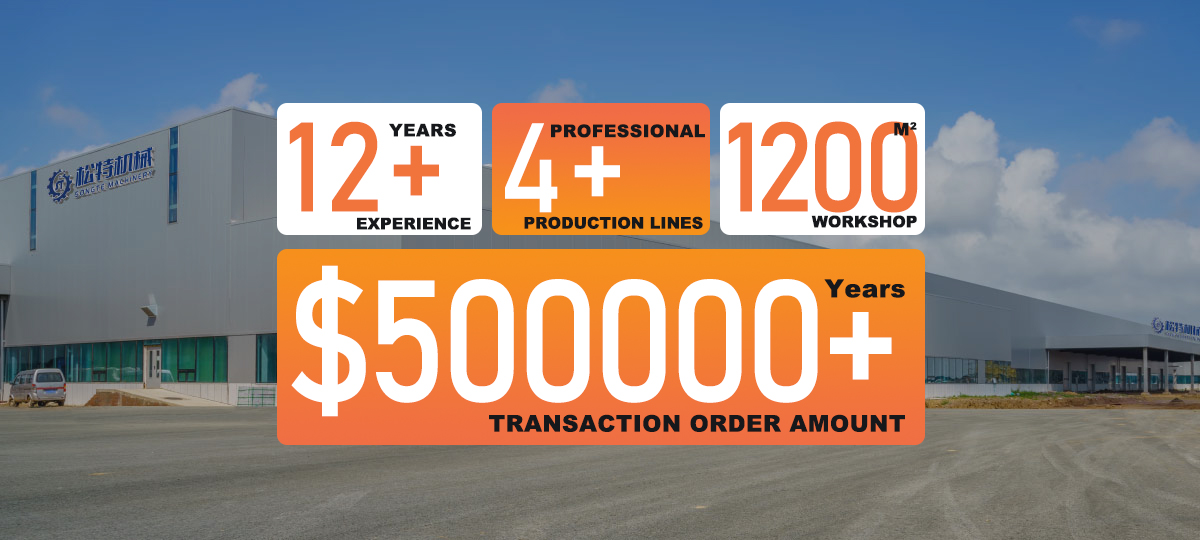PRODUCTS
Understanding the Crucial Role of Hydraulic Cylinders in Excavator Operation
2025-09-03
The hydraulic cylinders behind those effortless moves, however, are the real story when it comes to the true potential of this peice of heavy equipment. The regenerative energy that fires every dig, lift, and swing—not just pistons to be fired. We explore their fundamental purpose and the entire process which paves the way for our excavation in this article. Generating Powerful Movement
Hydraulic cylinders convert the high-pressure fluid created by the hydraulic pump of the excavator into linear motion. This pressure forces a piston in the cylinder to push a rod out of the cylinder, or to pull it into the cylinder, which can then be connected to other parts of the excavator, such as the \"Arm\", \"Bucket,\" or other parts.
The force applied is based upon the notion that at the cylinder surface region the fluid pressure provides a force per unit area. It allows an excavator operator to precisely hoist loads that weigh tons.
Precision and Control
Hydraulic Cylinders: More Than Just Raw Power By means of flow control of hydraulic fluid, the speed and strength at which the cylinder actuates can be tightly controlled. This is critical for precision-demanding applications like trenching or placing materials.
Control system advances ensure even higher precision and allow operators to manoeuvre the movements of the excavator smoothly, even in the most extreme conditions.
Durability and Reliability
Abstract: Hydraulic cylinders are huge mechanical manipulator with heavy load handling capacity that operate in hostile environments. Purpose and Building For Toughness — This reduces downtime and maintenance costs giving good time span.
Regular upkeep, such as examining for leakages and also making sure they are sufficiently oiled, is essential to keeping their performance as well as long life. Which translates to productivity for the excavator.
Hydraulic cylinders convert the high-pressure fluid created by the hydraulic pump of the excavator into linear motion. This pressure forces a piston in the cylinder to push a rod out of the cylinder, or to pull it into the cylinder, which can then be connected to other parts of the excavator, such as the \"Arm\", \"Bucket,\" or other parts.
The force applied is based upon the notion that at the cylinder surface region the fluid pressure provides a force per unit area. It allows an excavator operator to precisely hoist loads that weigh tons.
Precision and Control
Hydraulic Cylinders: More Than Just Raw Power By means of flow control of hydraulic fluid, the speed and strength at which the cylinder actuates can be tightly controlled. This is critical for precision-demanding applications like trenching or placing materials.
Control system advances ensure even higher precision and allow operators to manoeuvre the movements of the excavator smoothly, even in the most extreme conditions.
Durability and Reliability
Abstract: Hydraulic cylinders are huge mechanical manipulator with heavy load handling capacity that operate in hostile environments. Purpose and Building For Toughness — This reduces downtime and maintenance costs giving good time span.
Regular upkeep, such as examining for leakages and also making sure they are sufficiently oiled, is essential to keeping their performance as well as long life. Which translates to productivity for the excavator.
https://www.songteparts.com
Give Us What You Need
Ready to learn more? Fill out the form and a member of our dedicated team will reach out to you promptly!
We will contact you within 24 hours after receiving the information
SUBSCRIBE
INQUIRY
_5t33iQdr.png)











